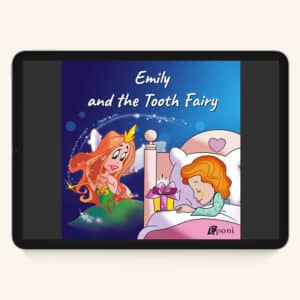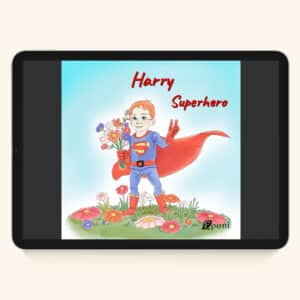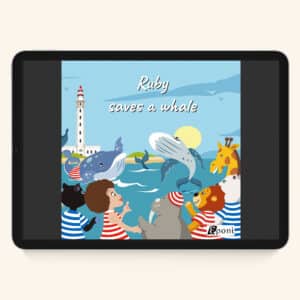What is children’s literature?
Children’s literature is a vast universe where the imagination takes off, delighting and educating young minds with an infinite range of captivating stories. These books, often colourful and beautifully illustrated, are magical portals that transport children to fantastic worlds, filled with extraordinary characters and exciting adventures. Authors of children’s literature understand the importance of capturing the attention of young readers right from the start. As such, these works explore a variety of themes, from classic fairy tales to contemporary stories that tackle social, emotional, and ethical issues.
Children’s books play an essential role in their cognitive and emotional development. They encourage creativity, stimulate curiosity, and promote learning. Young readers discover not only the pleasure of reading but also valuable life lessons that help them understand the world around them. The endearing characters and stimulating scenarios give children an opportunity to develop empathy, learn moral values, and boost their self-esteem.
Diversity in children’s literature is also crucial. Books reflect the diversity of the real world, exposing children to different cultures, experiences, and perspectives. This diversity enhances the reading experience by broadening young readers’ horizons and promoting mutual understanding.
After all, children’s books are much more than just entertaining stories; they are companions who accompany children on their journey toward knowledge and understanding of the world around them. They are faithful allies in intellectual and emotional development, shaping young minds and forging the future by encouraging creativity, tolerance, and the desire to discover the unknown. Children’s literature remains an infinite source of inspiration, wonder, and wisdom for future generations.




